icon
password
Multi-select
tags
ID
type
status
slug
summary
category
date
Author
URL
A brief history of DnD in China.
“Astrologers proclaim the week of The return of Baldur’s Gate. Population of DnD Players doubles!”
On October 7, 2020, the early access of Baldur’s Gate 3 has been launched.
Tens of thousands of board game lovers and video game otakus cheered and celebrated, waving post boards of “Shut up and Take my money” as they rushed into Steam. The platform was almost paralyzed by the enthusiastic players — only very few early birds successfully finished the payment, most of those who were eager to play Baldur’s Gate 3 were blocked by the crashed pages.
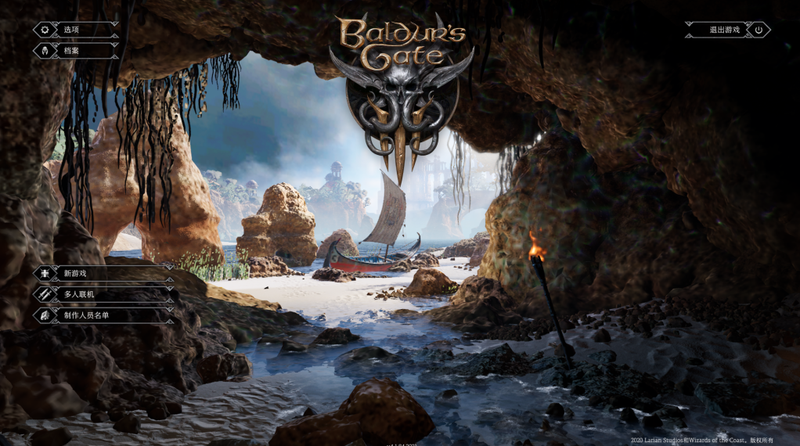
There was nothing they could do except tapping F5 violently but pointlessly.
After the extremely chaotic first 12 hours, Valve made things under control, and as payments were done, more and more players has started ther journeys in the new Baldur’s Gate. It is hard to avoid feeling that Baldur’s Gate 3 is a little bit alike Larian’s Divinity: Original Sin series, yet for those who truly love DND, the game is still better than expected — 87% positive reviews on Steam as of October 18, 2020 can already explain something.
For many players, Baldur’s Gate3 is one of the brightest pearls of the crown of the western fantasy, no matter how the style changes. From their point of view, It is mainly developed for users who love Game of Thrones and The Lord of the Rings, or those weirdos who enjoy staying in the comic stores, swallowing family pack chips and a vat of soda waters, rolling dices and mumbling words on some small cards.
In short, no matter how ridiculous the stereotype is, “‘Dungeons and Dragons‘ belongs to Western players” should be approved by a lot of people.
However, it is surprisingly that of the 19,757 consumer reviews currently available for Baldur’s Gate 3 Steam Store page, there are 3,666 comments in simplified Chinese and more if you check the traditional Chinese.
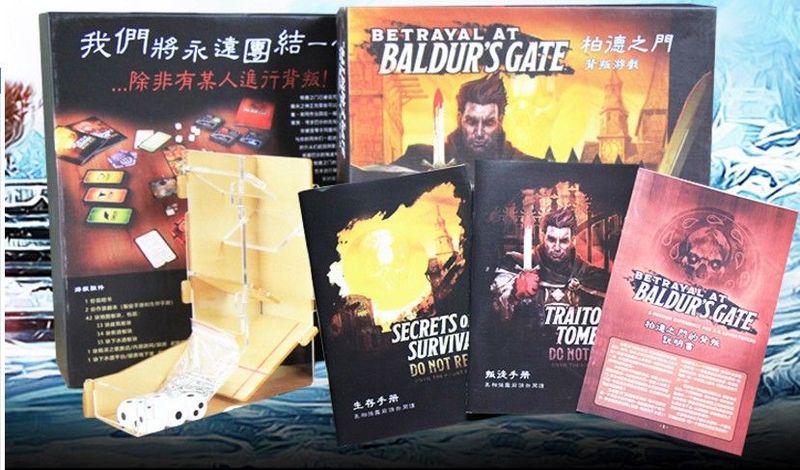
Yes, at this very moment, roughly a fifth of Baldur’s Gate 3 players are theoretically coming from China on the other side of the Pacific.
“What can the fantasy culture and heroism of swords and magic interact with materialism and collectivism?”
That is somewhat a stereotype, mate. In fact, Dungeons and Dragons has encountered Chinese players much earlier than most people may think. Discussions such as “promoting excessive power or following the role-playing spirit”, “is lawful good only a kind of narcissism standing on the moral high ground?”, even “how dare you use siege crossbow to assault my NPC” are also very common among Chinese DND players.
All of this, from the very foundation, can be traced back to 1998, when the original Baldur’s Gate was released.
The first met
“This game, with Diablo‘s resolution and graphics quality, is significantly slower in loading; the complexity of the rules is much higher, and the game much more difficult than the first impression.”
In early 1999, less than five months after the original Baldur’s Gate was released in North America, reviews of the game were published in Chinese computer game magazines. With a similar background of sword and magic, combined with the real-time combat systems, many of the earliest China players immediately associated the game with the previously popular game, Diablo – the incorrect first impression indeed led to a lot of jokes in the beginning phase. I believe that a similar situation has been experienced by nearly every DND player in early stage.
Despite there was a lot of misunderstanding, most of the Chinese players who did not give up too soon finally had their fun and understood the essence of Baldur’s Gate. “Leaving images aside, this game is quite addictive. I played all night after I got the disc, and the kraft paper-textured map especially met my taste,” a player said so.
By the way, the author of this Chinese is now the founder of one of China’s most well-known gaming culture platforms, which is a later story.
In fact, only very few players knew DND through board games, most people benefited from the popularization of the personal computer since the 1990s. Before the era of Windows, many of China’s first PC buyers had already begun to exchange PC games on floppy disks, including those games with the theme of swords and magic.
At that time, Wizardry and Ultima were once popular among a small group of people; Eye of the Beholder had become classic in the mind of players due to its Chinese version in the DOS era.
In addition, for Chinese gamers, the masterpiece that propelled the western fantasy trend to its peak, of course, was the immortal Might and Magic series.
Although through PC games, some players had some elementary conceptions, for most Chinese players, their cognition of the western fantasy culture was still very shallow. In their views, the dragon and the dungeon, the magic and the armor, all these were nothing but commercial elements created by developers, aiming to sell their products – there was no depth of the story, not to mention “culture”.
If there was no Baldur’s Gate, it was not clear how long this would last.
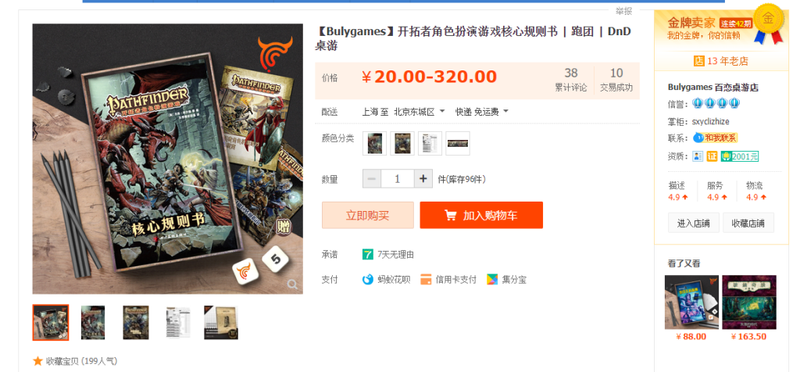
For players in Europe and America, the Baldur’s Gate might only satisfy transformation from the adventures with pen and dice to digital. However, for Chinese players, Baldur’s Gate`s real value, is that it helps them systematically understand the symbols of Western fantasy, making those once fragment pieces into a whole set of gaming rules. The key point is that the system itself is really fun.
As Baldur’s Gate was accepted by Chinese players, more and more PC games based on the TRPG rules began to enter China. From Pool of Radiance 2 to The Bard’s Tale, from Icewind Dale to Neverwinter Nights, even including Planescape: Torment, Greyhawk: The Temple of Elemental Evil, Fallout 2, all of these dave been translated by agents into Chinese before releasing in the Chinese market, and the response was much better than expected. For example, “what can change the nature of a man” is such a question that resonates with far more Chinese players than you can imagine.
Getting better
In addition to PC games, as the carrier of western fantasy culture, various publications on the theme of “Swords and Magic” and “Dungeons and Dragons” also began to be published gradually in China during this period.
For many Chinese readers who don’t play games, Dragonlance Chronicle Trilogy and The Dark Elf Trilogy became their gateway to western fantasy. After that, J.R.R. Tolkien (The Lord of the Rings, of course), George R.R. Martin (A Song of Ice and Fire, no doubt_),_ even Neil Gaiman (American Gods, very well known, truly), all became very popular among Chinese readers. However, J.K. Rowling is an exception – Pandayoo has another article to tell the story of Harry Potter in China.
Nowadays, the western fantasy literature is still a hot category in China bookstores and e-commerce platforms – in addition to those popular authors (for example, Terry Pratchett and Robert Jordan), you can even find some dark horse here: Scott Lynch and his Gentleman Bastard – it does publish in China, no need to question that.
Of course, Dungeons & Dragons` TRPG rules, the very beginning of the trend, was not absent. In 2002, the Chinese version of The Player’s Handbook, which introduced the rules of DnD 3.0, was published, along with the Master’s Guide and the Monster Manual — they were called “the three little books of DnD” by Chinese players.
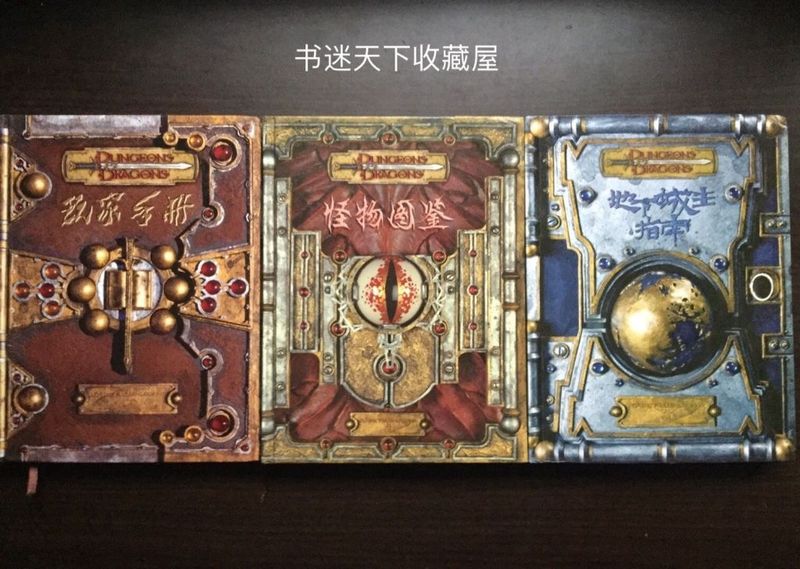
Then, in 2009, the three books of Chinese manual for DND, which uses rule 4.0, was announced for sale. And in 2017, the 600-page Chinese version of Pathfinder Roleplaying Game: Core Rulebook, the pioneering role-playing Game’s Core rules book, hit Chinese gamers too, causing quite a stir among Chinese table gamers.
Finally, with the popularization of the Internet, China’s Dragons and Dungeons and fantasy enthusiasts have gradually come together through message boards and BBS. From DND 5E to COC, from core rules to extended manuals to game modules, various European and American TRPG rule books and settings collections have been translated by folk lovers to communicate with others in the community.
Although they have never entered the core area of Chinese game and popular culture, thanks to these sub-cultural lovers that Chinese players who have known DND by chance, we could further explore the world of sword and magic with mother tongue; from the perspective of cultural communication, the achievements of these folk translators are undoubtedly much greater than the controversy cause they have caused.
By the way, as the range of Chinese folk fantasy translators continued to expand, some TRPG rules books that represent “Eastern culture from a Western perspective” had cme into version of Chinese players.
To be honest, despite the DND system extension rule Book, Tome of Battle: The Book of Nine Swords, was filled with bizarre things such as the so-called “Maneuvers”, for Chinese players, it was still delightful; by contrast, the old version of Kindred of the East series, from the Chinese players perspective, was a cauldron of the inexpressible, weird and monstrous potion, only the BBC’s egg-fried rice could be compared to it.
Don`t be silly, mate, that is not how exotic culture works.
Reversion?
As a game that based on TPRG rules, the gaming system of “Dungeons and Dragons” uses a large number of parameters and formula to maintain its operation – it is much difficult for players to learn than games like Monopoly. In addition, there will inevitably be ambiguous paragraphs in the rule book, so that there will be enough room for players to play. One of the joys of TRPG is to talk about these topics and try to get the most out of it. However, if the discussion shifts from numerical and logical analysis to one-sided rhetorical casuistry, things will become quite ugly.
“Imagine a proper Paladin, when he runs out of asupply, a civilians volunteers to donate a dead baby. Can the Paladin use the corpse to recover his strength? If so, will the Paladin fall?”
The presumed troll question is one of the most famous questions in the community of Dungeons and Dragons in China. Obviously, the cognitive imbalance is the real reason why so many Chinese players are caught in such a dilemma. Although after years of continuous introduction, there is indeed a group of readers and players who know about western fantasy culture in China, under the background of China’s population base, the size, and influence of this group is still very limited, and the cognitive disconnect is almost an inevitable result.
Stereotypes produce farce, not only within and outside the group, but even within the group itself.
Using Baldur’s Gate 3 as the example, although there seems to be a significant proportion of players coming from China, in fact, within the Chinese Dungeons & Dragons player community, there has been no end to the controversy surrounding the game since its release. For example, some self-proclaimed “Baldur’s Gate senior players” have announced more than once, in unforgivably harsh tones, that Baldur’s Gate 3 is not a good DND game without instant game system.
Oh, those goblins who has found magic sword do cause a lot of chaos.
After all, tthese so-called “senior fantasy veterans” has nothing to do with TRPG – there is neither the excitement of battling with the DM, nor the joy of working with other PCs to face a challenge, nor the freedom to overcome a difficult situation with unimaginably clever strategies – the only DND in their mind is just the brilliant but still anachronistic PC game content of the previous two generations of Baldur’s Gate (mostly pirated, by the way), the superiority based on the perception of inequality, that’s all.
From the release of the first edition of the Rulebook in 1974 to the release of the fifth edition of the Rulebook in 2014, the design idea of Dungeons & Dragons has been constantly adjusted in more than 40 years. The revisions prior to each iteration of the release, as well as the extended manual for each edition of the core rulebook, represent efforts by TSR and Wilsford to continue this classic set of board game rules. Baldur’s Gate 3, based on version 5 rules, is also part of the effort.
[sociallocker id=”5614″]
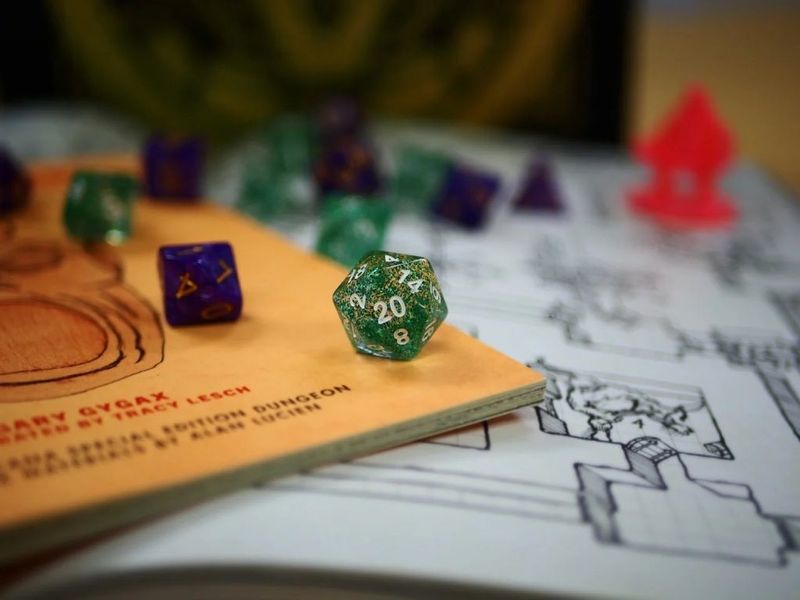
Since the attitude of developers to seek new content and change has been so clear, holding on to the imperfect legacy of the old generation, refusing to accept the changes of The times, what is the practical significance?
Fortunately, these so-called “hard-core players” are not the main group of fantasy gamers in China. For the new generation of Chinese PC players who have established full legal consumer awareness through Steam, the remake version of Baldur’s Gate is indeed classic, yet Pillars of Eternity, Pathfinder:Kingmaker, Divinity: Original Sin, these new games of the new generation also have great advantages. While the classics deserve respect, the ancient and the modern are clearly putting the cart before the horse.
Baldur’s Gate 3 is an eye-opening fantasy game to look forward to, taking on the legacy of the old and venturing into the new – that’s why players chose to trust Larian studio and support the project in the first place with their own game budget.
When the next time you meet a teammate with a Chinese Pinyin ID in an online game for Baldur’s Gate 3, be aware that his passion and knowledge of fantasy games is no worse than yours. Try to get to know these DND players from the East, who may be more attractive than you expect.
[/sociallocker]
- Author:NotionNext
- URL:https://pandayoo.com/2020/10/22/the-dragon-in-chinese-players-basement
- Copyright:All articles in this blog, except for special statements, adopt BY-NC-SA agreement. Please indicate the source!